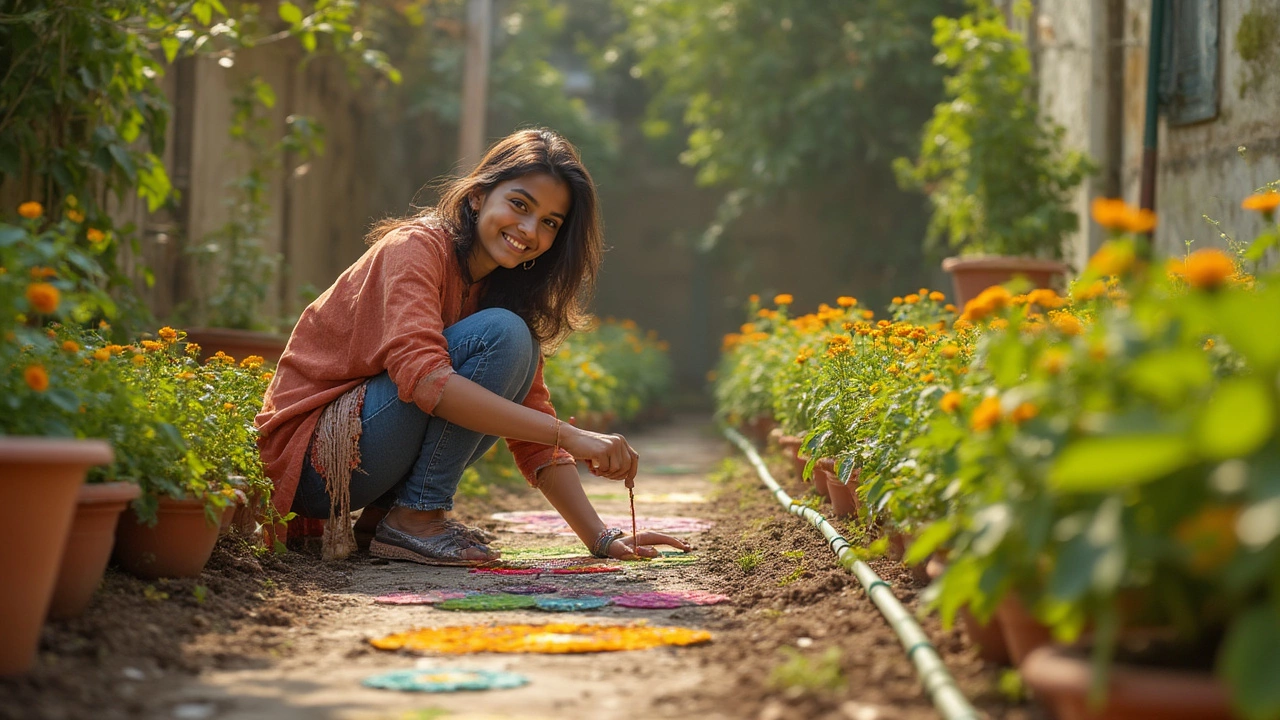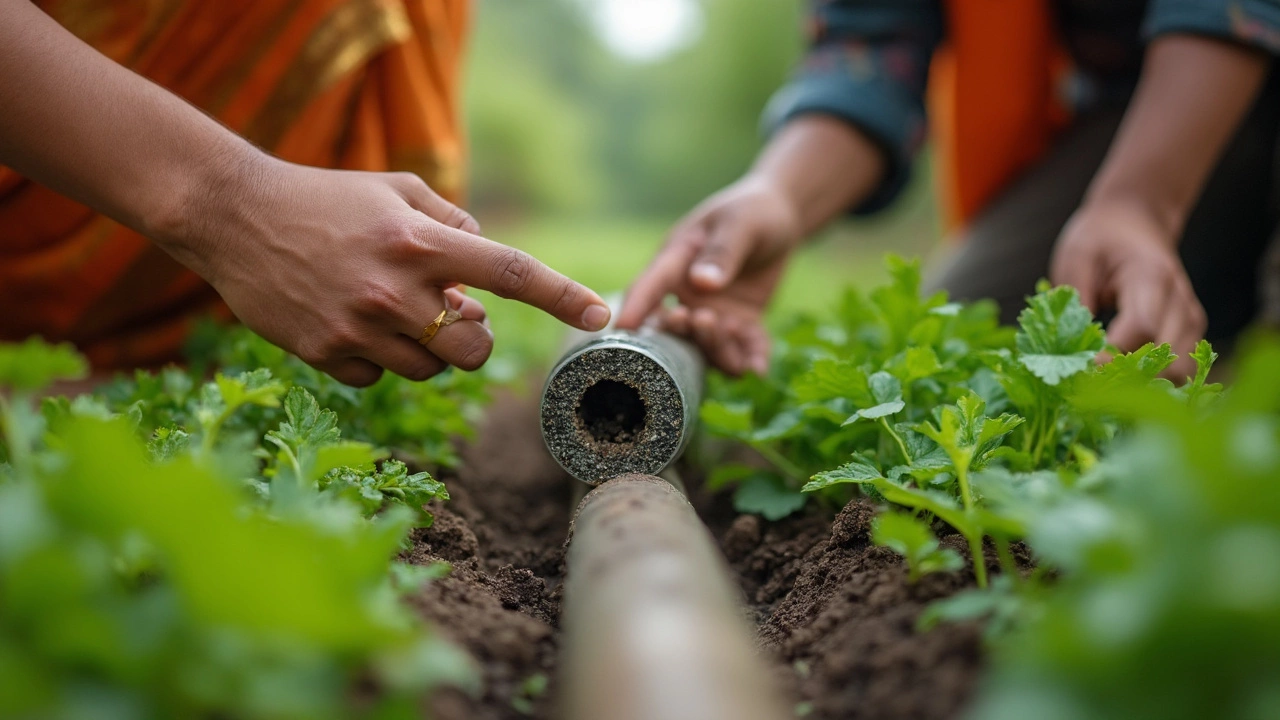Vegetable Gardening
When talking about vegetable gardening, the practice of growing edible plants in a backyard, balcony, or any small space, most people picture rows of tomatoes or a bunch of herbs in pots. Also known as home vegetable production, it blends simple biology with everyday problem‑solving. Whether you’re a total beginner or a seasoned grower, the core goal stays the same: get fresh, nutritious food from your own plot. vegetable gardening isn’t just a hobby; it’s a test of how well you can match plants to soil, water, and climate. Below you’ll see how container garden watering, no‑till methods, drip irrigation, and soil rehydration all fit into that bigger picture.
Key Techniques That Boost Your Harvest
One of the fastest ways to level up your garden is to master container garden watering, the process of delivering the right amount of moisture to plants grown in pots, buckets, or raised beds. Many beginners think you must water daily, but soil tests and finger checks usually tell a different story. Over‑watering leads to root rot, while under‑watering stresses plants and reduces yields. Pair this with drip irrigation, a low‑pressure system that delivers water directly to the root zone through tubes and emitters, and you cut waste dramatically. Drip lines can be set on timers, ensuring consistency without daily guesswork. Together, container garden watering and drip irrigation create a reliable water‑delivery network that supports a variety of vegetables, from lettuce in shallow trays to deep‑rooted carrots in larger containers.
Soil health is the other half of the equation. Traditional tilling can break down soil structure, invite weeds, and release carbon. No‑till gardening, a method that avoids turning the soil over, preserving organic matter and microbial life offers a gentler approach. By laying mulch or compost on top and planting directly into it, you keep the soil’s natural layers intact. The result is richer, looser soil that holds water longer—especially useful when paired with drip irrigation. When the soil does get too dry, soil rehydration, techniques for restoring moisture to compacted or arid earth, such as deep watering, organic mulches, or wetting agents can revive it quickly. No‑till plus smart rehydration means your vegetable garden stays productive even during dry spells.
These four pillars—container garden watering, drip irrigation, no‑till gardening, and soil rehydration—form a web of practices that reinforce each other. Vegetable gardening encompasses all of them, requiring you to balance water, soil, and plant needs in a sustainable loop. As you explore the articles below, you’ll find step‑by‑step guides on setting up a drip system, testing soil moisture, adopting no‑till methods, and rescuing dry soil. Whether your goal is a bountiful balcony harvest or a larger backyard plot, the insights here will help you turn theory into tasty results. Dive in and discover how each technique can elevate your own vegetable gardening adventure.
Unique Indian Plants: The Solo Stars of India's Vegetable Gardens
Explore the world of India's unique plants found exclusively in the diverse terrains of the country. From the revered Indian Bael fruit tree to the striking appearance of the Buddha’s Coconut, immerse yourself in tips and facts to grow these extraordinary plants in your own garden. Discover their historical significance, culinary uses, and step-by-step guidance to nurture these distinct species. Whether you're an avid gardener or a curious explorer, uncovering these one-of-a-kind plants will add an enriching dimension to your gardening journey.
- manufacturing
- India
- food processing
- garden tips
- rice cultivation
- government schemes
- balcony garden
- urban gardening
- balcony gardening
- profitable business
- business ideas
- plastic manufacturing
- drip irrigation
- plant care
- steel manufacturing
- sustainable gardening
- startup ideas
- steel industry
- flower gardening
- textile manufacturers






